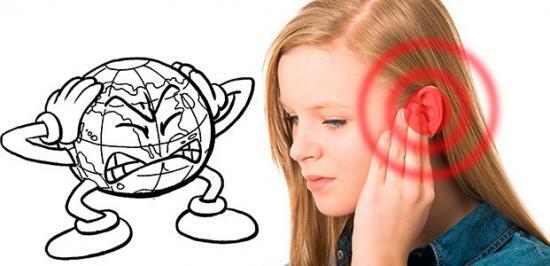Discontinuous connections of bones: what does it represent?
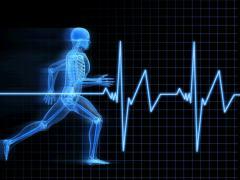
The construction of the human skeleton is a complex of 206 bones interconnected.However, this is a rather plastic structure, which allows a person to have a flexible and moving body.This is achieved by using various joints of bones that provide good fixation to one part of the skeleton and mobility to the other.
Contents:
A human would not have received such a practical skeleton if only one type of connection was usedBones.Therefore, there are several types of compounds that are used in the structure of the human body.Among them there are two main types.
Discontinuous connections
This is a practical and flexible connection of bones, also called a joint.It provides mobility of limbs and other parts of the body.Although the joints are not divided into subspecies in terms of their functions, they can differ significantly in their capabilities.
Continuous connections
For the other parts of the skeleton, continuous connections are used.They have minimal mobility, because their main task is to ensure reliable contact between bone tissues.There are several types of continuous connections that differ in performance.
Another type of connection is also noted, which is not separated into a separate category - semi-joints.This is a transitional form between two types, which provides reliable contact and weak mobility between the bones.They are based on cartilaginous tissue, which has a continuous structure.
It is the discontinuous connection that is most important for the human body.It provides flexibility of limbs and other parts of the skeleton, thus providing mobility.
The joint, which is this type of joint, has a complex design that is designed for permanent bone movements without harm to each other.
It consists of two parts, which provide reliable contact and mobility.
With the help of the three types listed above, all bones in the human body are connected, which ensures their stable and plastic construction.
You can learn about the classification of the connection of bones from the offered video.
Bonded joint functions
Each bony joint fulfills its task, providing those or other characteristics required by bones.This can be noted in a simple example where a discontinuous type( joint) can provide a bend between the bones at an angle( limbs) or create a flexible and plastic joint( cervical section).Therefore, it is necessary to note the function of each connection, depending on its capabilities.
Discontinuous connections
It is this type that provides the flexibility of the human body.It has many features, among which fast recovery, a long service life and high ductility.Discontinuous connections are divided into several types, which is why it is used in almost every part of the body.
The function of the joint depends only on its shape.In any case, the design ensures the movement of two components connected to the bones.
For example, the globular shape of the joint is used in the shoulder, where the greatest amplitude of bone movement is noted.A flat type is used in pelvic joints, their mobility is very low and is only necessary for the plasticity of the site.
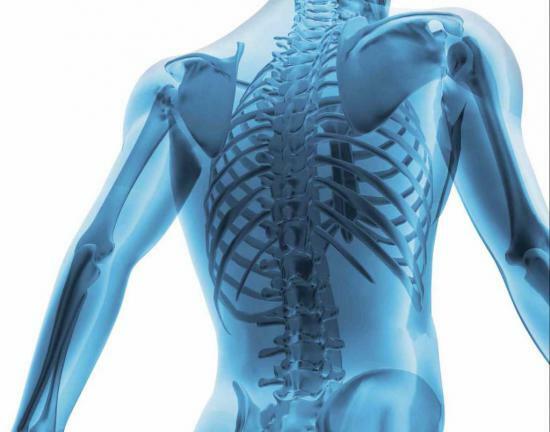
Continuous connections
With regard to continuous connection, its functions are represented only as a locking contact.It is necessary for a few areas of the human skeleton, in particular for the skull and pelvis.Continuous connections provide a fortress of accumulations of bones that carry in themselves the supporting or protective function of the body.
Some types of continuous joints have a small plasticity, which allows them to be used in other parts of the skeleton.
So the functions of bone connections are very diverse.A discontinuous type is used for many tasks where plastic and flexible contact between bones is necessary.The second type is completely different and is used to create strong and fixative contacts.
Continuous connections
A small but not less important group of bone connections are continuous types.This is a rather early type of contact, which has little flexibility and elasticity, but high strength and reliability of the connection.
With the development of the human body, several subspecies of this type have appeared, which are based on the structure of the applied tissue.These are:
- Fibrous joints
- Bony joints
- Cartilage
The first type is used in many areas of the human body.Among them there are interosseous membranes, ligaments, and also interosseous sutures.The latter kind of joints is used only in the skull, connecting the plates of which it consists.
Bony joints are the final stage of other subspecies.It replaces those areas where the mobility of the contact is completely unimportant.It has low ductility and high strength characteristics.An example of such a substitution is a joint in the lower jaw in an adult, where the bone tissue gradually replaces the cartilaginous.
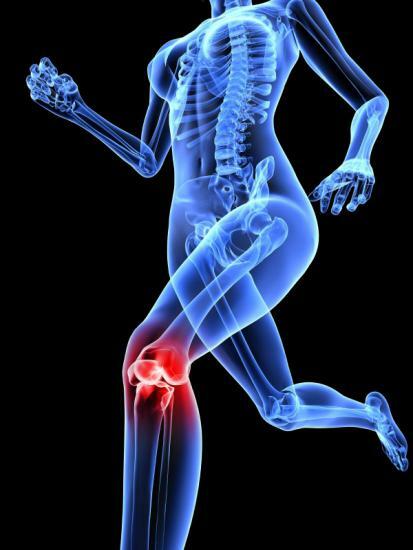
The last subspecies is a cartilaginous joint.It is a contact between bones, the construction of which is based on fibrous or hyaline cartilage.This type is the most optimal in many sedentary parts of the body subjected to deformation, because it is an excellent combination of elasticity and strength.
It should be noted that the latter type has two forms of existence - temporary and permanent.Both appear with the birth of a child, but the first begins to be replaced by bone tissue with age.The second has a permanent character and will perform its functions until death.
Therefore, continuous connections are highly functional and useful elements of the human skeleton, used everywhere.They have several subspecies that have different functions and are used in all frequent bodies.Continuous joints include ligaments and cartilages that play a secondary role in skeletal mobility.
Discontinuous connections
But one of the main methods of combining bones is the use of discontinuous type.It is a mobile and plastic type, which is used in the human body everywhere.It provides the work of the limbs, neck and other moving parts of the body.
However, its peculiarity is that it has many functions, because of what it is divided into many varieties.
Discontinuous connections are mainly represented by one type - the joint.This is a design that consists of three components: surface, bag and cavity.All this is covered with cartilage, performing protective and insulating functions.
Also in the center of the joint is a small cavity, which is filled with a special lubricant - synovial fluid.This ensures a long and effective operation of this part of the skeleton.
The joint has many classifications depending on a specific parameter.Among them, the main thing is a definition in form and design.In the first case the joints are:
- Spherical
- Flat
- Ellipsoid
- Block
- Cylindrical
All of them are used in different parts of the body, have their rigidity and amplitude of motion.The least movable are flat joints, which are almost equal to continuous joints.
As for the classification by design, joints with one, two and three axes of rotation are marked.
The number of axes of rotation directly affects the mobility of the joint, therefore the triaxial type is the spherical joint - the most mobile type among the available ones.
So it is the discontinuous connections that provide such plasticity and mobility of the human body.These are plastic associations between the bones, which are of a different kind, but their destination is always the same.Also, their design may differ, which significantly affects their capabilities.
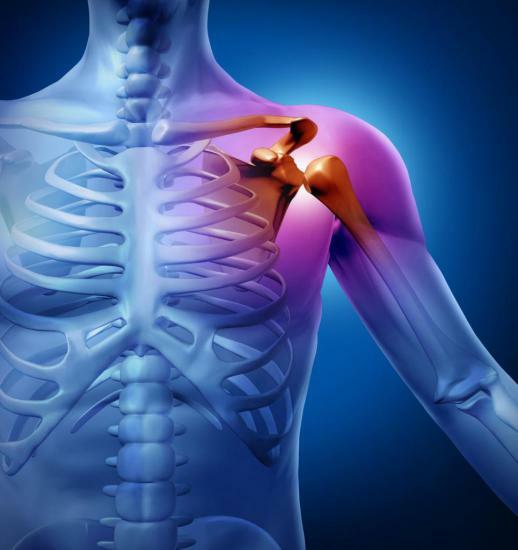
Cartilage connections of bones
Cartilage connections are extremely common in the human body.As previously mentioned, this is a subspecies of continuous connections, however the most optimal one.
After all, cartilaginous contact provides the best combination of mobility, strength and durability of combining bones.Another name for such bonds of bones is synchondroses.
Cartilage joints are presented in two types, differing in relation to the material used.These are:
- Hyaline cartilage
- Fibrous cartilage
They have similar properties, but the first type is more plastic and less durable.It is used to bond certain parts of the hip bone and other places.As for the fibrous type, its characteristics are due to the presence of collagen fibers.It is used in connecting frequent vertebrae.
An important advantage of cartilaginous joints is that they are a continuation of the periosteum, which allows it to not break between several bones.This makes it possible to further increase the strength of such bonds.Syndrodroses are not always constant.Some parts of the cartilage tissues eventually become bone.This makes it possible to increase their strength, but significantly reduce the ductility.But this does not apply to all areas - the intervertebral cartilage is not subject to ossification.
Therefore, cartilage is an important part of the skeleton, which makes it possible to create plastic and strong joints.Their main task is the depreciation of bones.Some cartilage are prone to ossification, but this process comes with age.
Therefore, the skeleton design includes a number of connections, the main of which are discontinuous.They are very flexible and durable, which ensures the plasticity of our body.



